
What Happens When Your E-Bike Battery Dies Mid-Ride?
Here’s What to Do
You’re cruising along, wind in your face, the motor helping you glide effortlessly up a hill—until suddenly, nothing. Your e-bike slows, the screen goes dark, and you realize your battery just died. Now what?
If this hasn’t happened to you yet, don’t worry—it probably will at some point. Battery drain is a part of e-bike life, especially if you ride often or forget to check your charge. The good news is, a dead battery isn’t the end of the world. With a little preparation and the right mindset, it’s totally manageable.
Here’s what you need to know—and what to do—if your e-bike runs out of battery while you’re still miles from home.
1. First: Don’t Panic
It might feel like a big deal in the moment, especially if you’re far from home or riding in traffic, but take a deep breath. Your e-bike is still a bike. The motor’s not working, but the pedals still are. You can still get where you’re going—it’ll just take more effort.
Your first step should be to move to a safe location, especially if you’re on a busy road or trail. Pull over, assess your surroundings, and decide how far you are from your destination.
2. Shift to a Lower Gear
Most e-bikes are heavier than traditional bicycles, often by 15–25 pounds or more, so pedaling without motor assistance can be a challenge. That’s why shifting into a lower gear is important. It’ll make pedaling easier and more efficient, especially if you’re facing any hills or long distances.
Take your time. You’re not racing. Use smooth, consistent pedal strokes and avoid burning yourself out in the first few minutes.
3. Know When to Walk It
Let’s be real—not every route is easy to finish on leg power alone. If you’re dealing with steep hills, intense heat, or you’re just completely drained, walking your e-bike for a while is totally acceptable.
E-bikes are a bit awkward to push, but it beats exhausting yourself and getting stuck halfway through. Look for sidewalks, bike paths, or parks where it’s safe to walk your bike without interfering with traffic.
4. Use Your Phone (If You Can)
If your battery dies and you’re far from home, don’t be afraid to pull out your phone and look for help. Check for nearby bike shops, public transportation, or even a rideshare option with a bike rack. If a friend or family member can come pick you up, now’s the time to call.
Some areas also have roadside assistance services for bikes, depending on your city or cycling membership. It’s worth looking into ahead of time if you ride long distances regularly.
5. Avoid Draining Your Battery Next Time
After getting home, take a moment to reflect. Was the battery fully charged before you left? Did you use full-power assist the whole time? Were you riding against strong wind or on lots of hills?
Make it a habit to check your battery level before every ride, especially if you’re going more than a few miles. Some riders also carry a spare battery or fast charger when going on longer trips.
Understanding your e-bike’s real-world range—not just the advertised one—is one of the best ways to avoid surprises. Range can vary depending on rider weight, terrain, temperature, and assist level.
6. Consider a Backup Plan for the Future
If this experience was stressful, think about how to make things smoother next time. A few smart options include:
-
Carrying a compact charger if you plan to stop somewhere with an outlet
-
Using a phone mount with a navigation app that tracks battery and range
-
Packing an energy bar or water bottle to stay fueled in case you have to pedal farther than planned
-
Mapping out your route ahead of time, especially if it’s new terrain
These small habits can go a long way in preventing—or at least softening—the inconvenience of running out of power.
7. Know It Happens to Everyone
Even seasoned e-bike riders have forgotten to charge or misjudged their range. It’s not a failure—it’s a learning experience. The more you ride, the more you’ll get a feel for how your bike performs and how to manage your power wisely.
Nobody likes pedaling a 60-pound bike up a hill with a dead battery, but hey—it builds character.
Final Thoughts: You’ve Got This
Running out of battery mid-ride isn’t ideal, but it’s not a disaster either. With a calm mindset, a little legwork, and some smart planning, you can handle it like a pro. The key is not to let it discourage you from riding again.
Next time, you’ll be a little more prepared, a little more confident—and a lot more appreciative of that motor assist.
Just don’t forget to plug it in tonight.




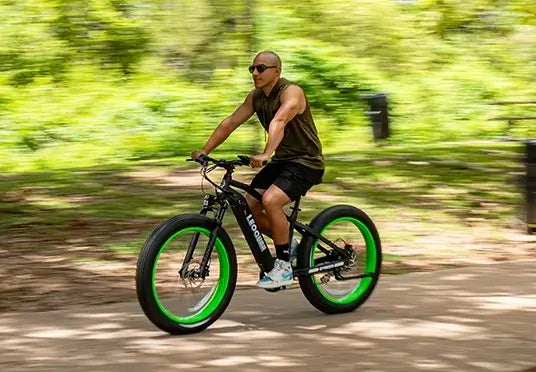

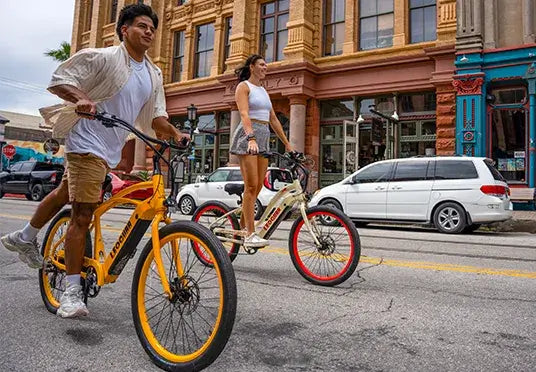

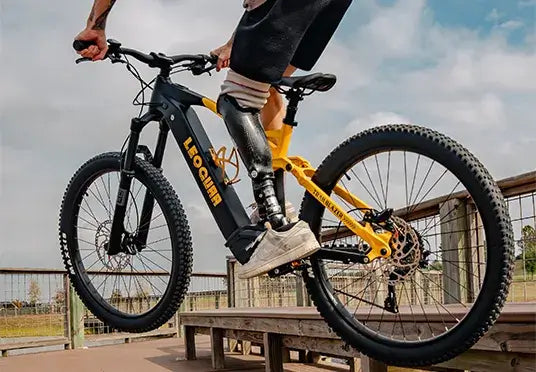

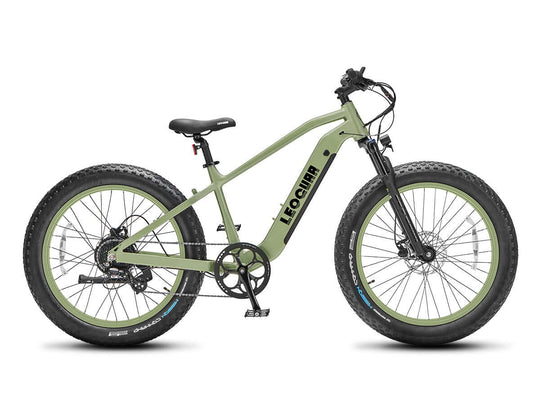
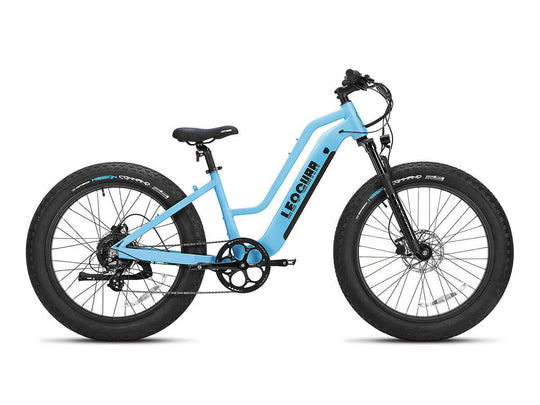
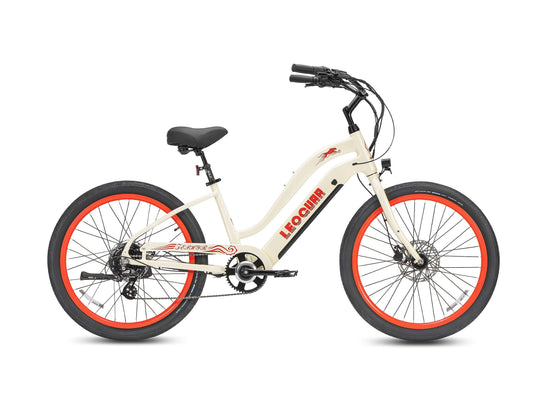
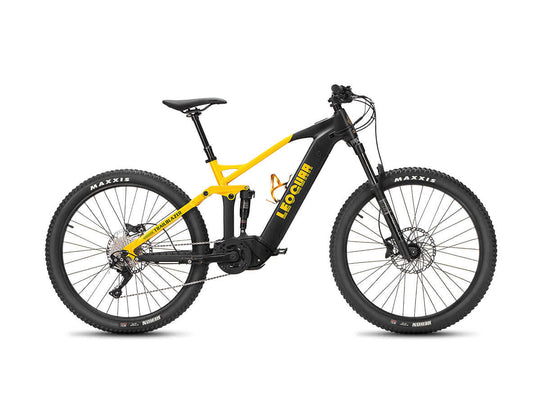
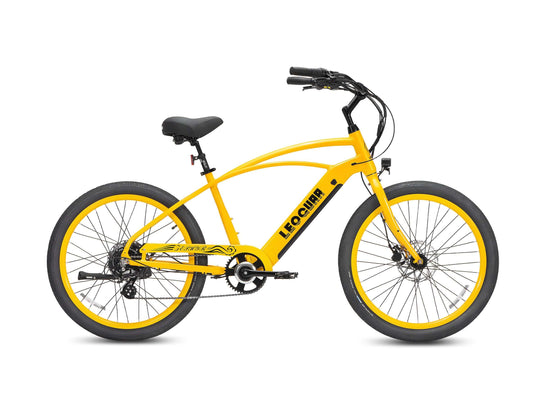
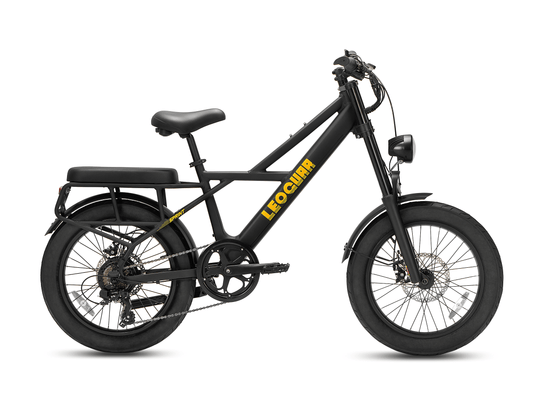

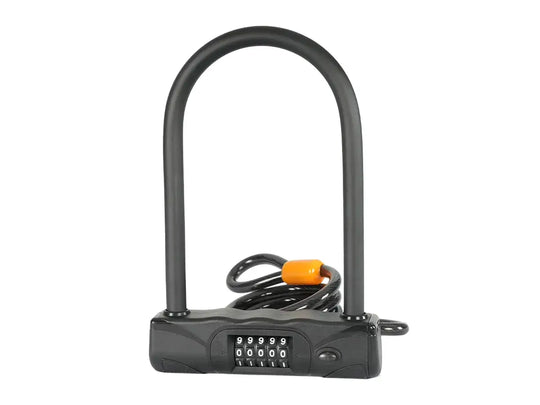
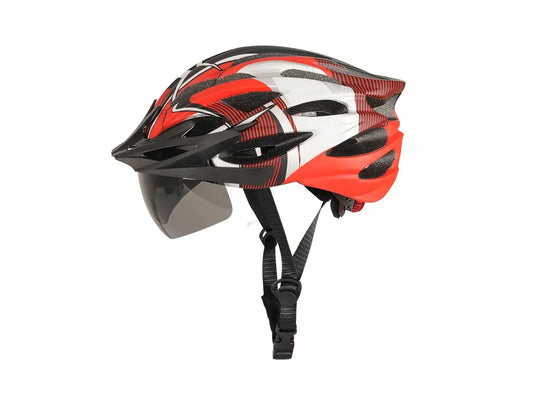
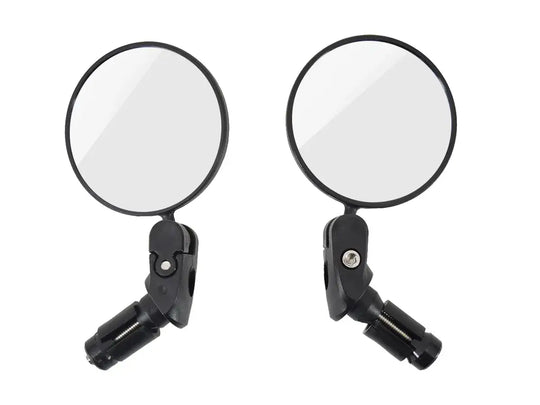

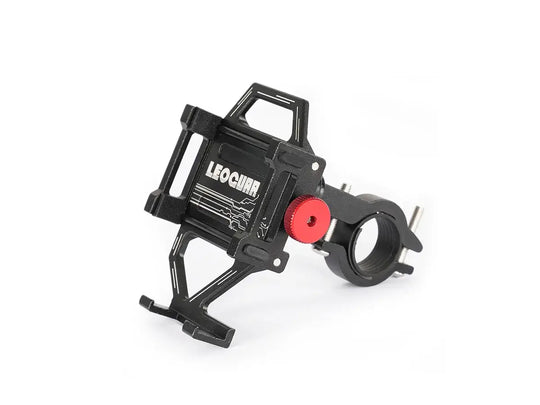
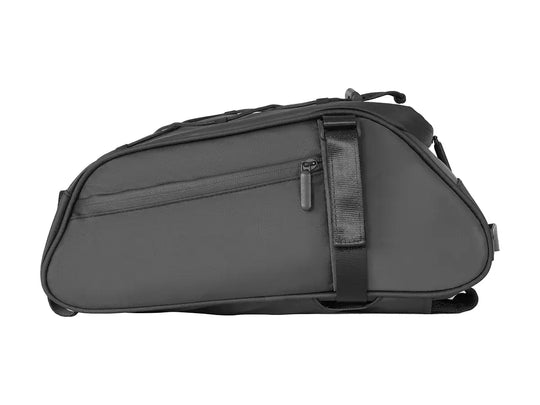
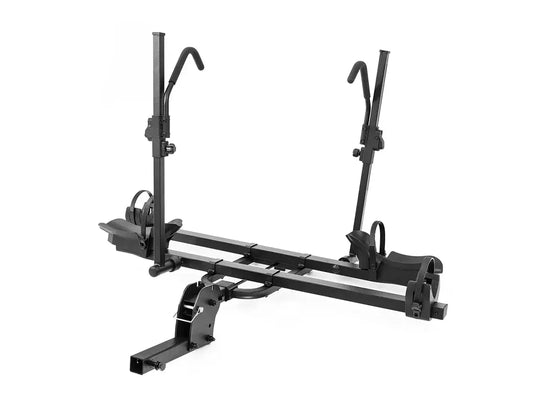

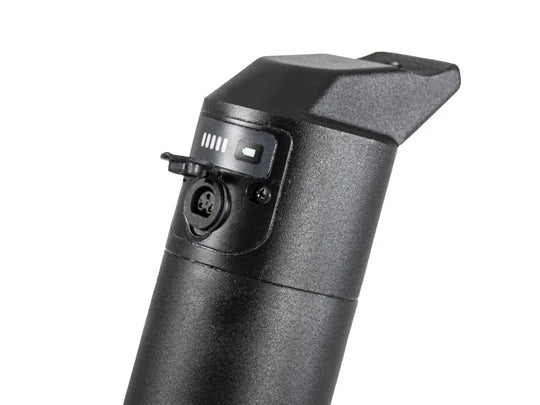
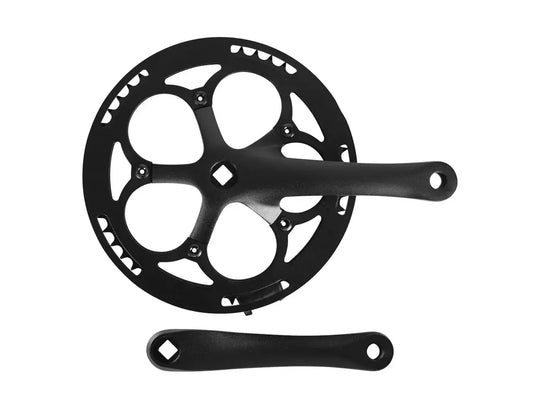
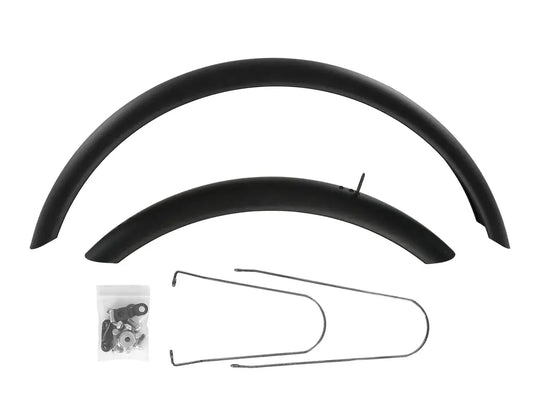
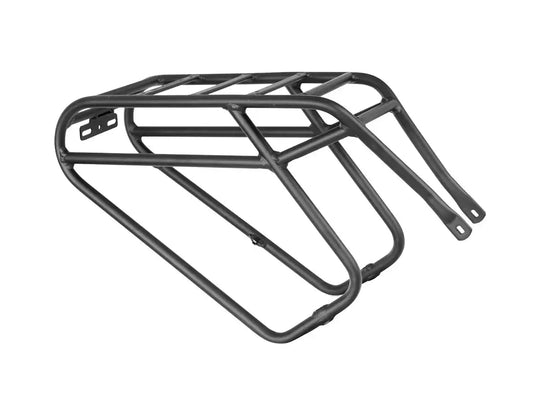

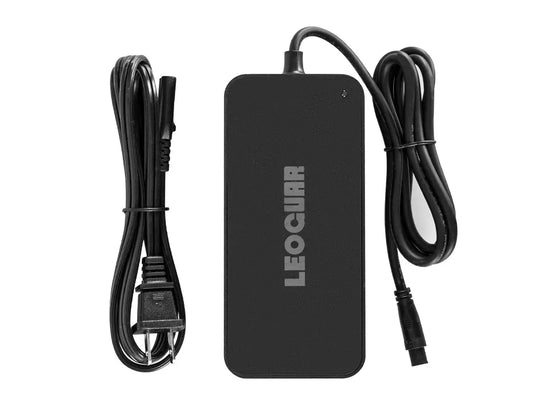
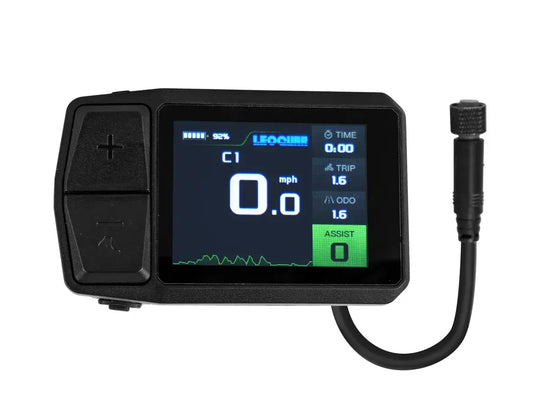









Leave a comment